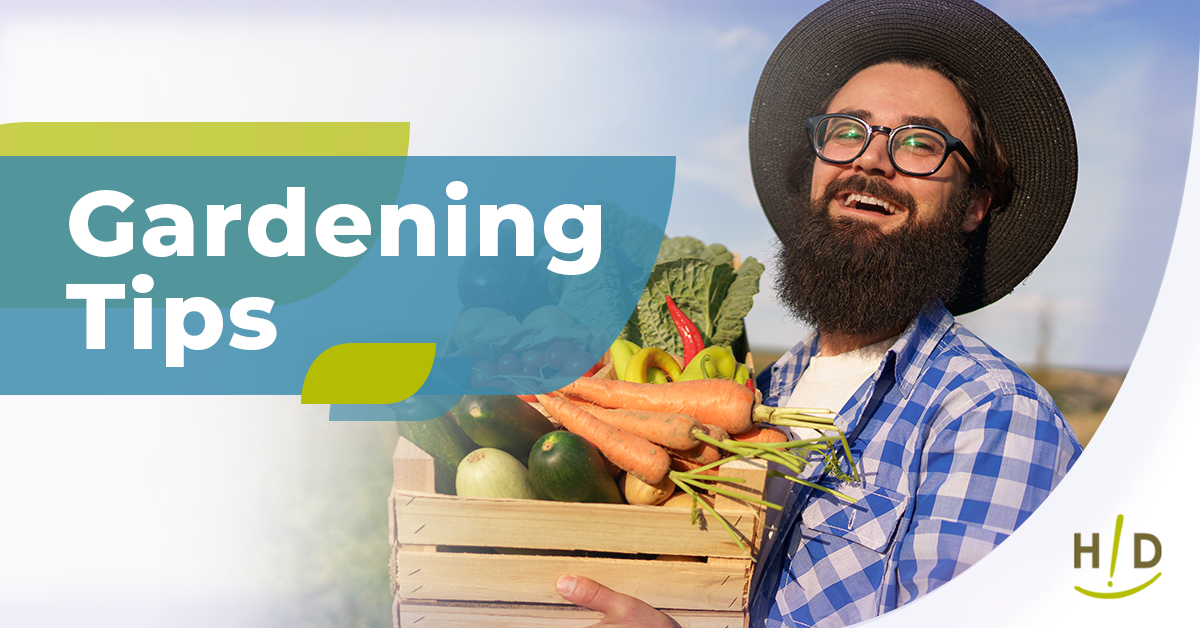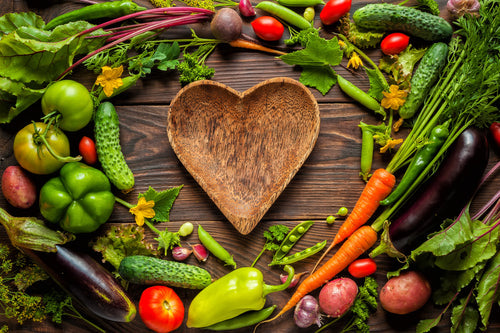Eating healthy may be the best track for your body mentally and physically, but there is no doubt that a raw food diet is not an easy one. Once you get over the initial adjustment and cravings of unnatural sugars and other processed foods you've been used to on the SAD (Standard American Diet), you'll then have another shock that you'll have to get over: the grocery bill. Unfortunately, part of the reason processed foods are so popular is because they are cheaper than buying organic, fresh produce. However, there is a simple solution to this problem, and it's much easier than you think. Start a vegetable and fruit garden and grow your own foods. Despite what you may think, these gardening tips to grow raw foods will help you to see just how easily you can produce your own.
There are a few reasons you'd want to grow produce. The first being the money that you'll save when you do so. Shopping can get expensive, and even if you can't grow every single thing that you use on a weekly basis, having several items off the list can help you to save money. This can help you to focus that money elsewhere. Buying organic is necessary for health, but can be very expensive, and could be a reason some people don't fully participate in the raw foods diet. Second, you can rest assured that no harmful pesticides or toxins are added to your vegetables when you are the farmer in charge of your crop. Instead, you can monitor your crops as they grow, use all natural insect repellants, and ensure no harm comes to them that could cause you harm.
Now that you know why you should grow your own raw foods, let's talk about tips to do so properly!
- Choose a good location. Most vegetable plants will flourish in full sun, even in those hotter states like Florida and Arizona, so it's important to pick a sunny location for them to thrive. You'll likely want to place all of your vegetables together, either in a raised bed or in an area you've designated as your garden area. With that being said, make sure you put your taller plants like tomatoes and corn more towards the north or west side so they don't shade the smaller plants that will want that sunshine as well. If you're starting with just a few planters, the sentiment remains the same, you don't want to hide your smaller plants from the sun in the shade of your larger ones once they start to grow.
- Water well. Most vegetables only require an inch of water a week, this includes rainfall too, so if you're having a particularly rainy season, you may want to move your plants under cover or erect a cover to protect them from the excess water. Otherwise, you may find that your plants are flooding. Another option is a planter box that has a drain plug in the bottom to ensure that your plants don't drown during the wet season.
- Add mulch. That's a new tip you're probably not used to seeing, but if you add mulch to the bottom of your planters, you'll help to regulate the temperature of your plants better. During the summer they'll stay cooler, during the winter warmer. It'll also help prevent diseases from the soil and suppress weeds. Just make sure you get a mulch that is not full of harmful chemicals, you'll want to do your research before making a purchase.
- Don't overfertilize. It can be tempting to think that you'll help your plants to grow faster and better if you apply copious amounts of fertilizers to them, but you could do more harm than good. Instead, focus on the less is more idea, and instead add organic compost to the soil. This will help it remain rich in nutrients and healthy. It also will keep your plants thriving and you don't have to put any chemical fertilizers on your plants. This can even help you to make a better harvest in the future, whereas too much fertilizer can reap a smaller harvest and less healthy plants.
- Start small. While these plants tend to thrive if left mostly on their own, they do still require some maintenance, so don't bite off more than you can chew by starting a huge plot. Instead, go with a smaller bed to grow a few items and then go from there.
- Add some flowers between your veggies. You'll want to avoid some pests, like caterpillars, and cicadas, but bees, ladybugs, and butterflies are good for pollinating your crop, so make sure you include some blooms to help attract them.









1 comment
Judy Danek
Thank you for sharing these useful tips.Happy gardening.
Thank you for sharing these useful tips.Happy gardening.